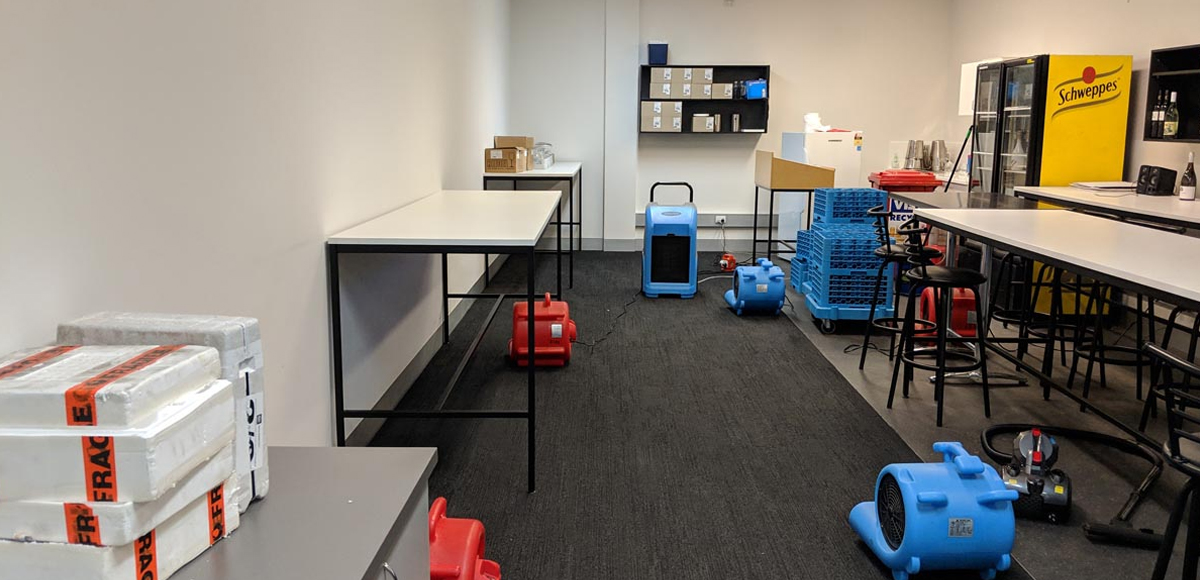
3 Tips to Dry Out Water-Damaged Carpets
Water-damaged carpet can be a real hassle to deal with. It’s also necessary since mould and bacterial growth can set in and cause respiratory health problems if allowed to set in. What can be done about it? Naturally, remediation work should begin as soon as possible after you’ve discovered the water damage. Here are three tips to dry out water-damaged carpets:
Call in a Professional
Dealing with a water-damaged carpet is possible to do yourself, but there are a lot of risks involved that may end up costing more in the long run than simply calling in a carpet remediation specialist. Firstly, water deeply embedded into the carpet and its padding (or even through to the floor) is difficult to remove. Specialised wet vacuum cleaners will likely be necessary, but you’ll also need to be able to pull back troublesome spots in order to soak up the water on the floor, too. This opens up the risk of damaging the carpet entirely if the work is poorly done.
The most ideal way for most homeowners to get the problem solved in a quick and efficient manner is to call in a professional. Doing so will ensure that the carpet is thoroughly cleaned or replaced as necessary.
Use All Tools at Your Disposal
If you’re determined to make your carpet repair a DIY project, it’s helpful to have as many tools to help you soak up and remove water as possible. The following tools are key:
Wet vacuum cleaner: common household vacuum cleaners are not recommended for removing water from carpets and should only be used in dry environments. For this reason, you’ll want to pick up a wet vacuum cleaner or rent one for a few days. Use the vacuum cleaner to superficially clean up water and dump accumulated water frequently.
Pliers and gloves: whenever water has permeated the carpet backing and affected the subfloor, you’ll need to delicately remove the affected area by pulling back on the carpet with some trusty pliers and work gloves.
Fans & dehumidifiers: when most of the visible water has been soaked up, it’s time to use fans and dehumidifiers to get to the moisture deeply embedded in the carpet. Leave these running all day and night and keep a window open.
Allow Air to Circulate Freely
Following on the last point, proper air circulation is key. Moisture encourages bacteria and mould to grow, so the air in the affected room(s) should be dry and therefore proper ventilation is required. Pay attention to outdoor air humidity levels and open windows during periods of low humidity (less than 50 per cent) so that fans and dehumidifiers can work to their best effect.
Keeping proper air circulation isn’t only useful when repairing the carpet; it’s essential throughout the year to maintain proper ventilation in the home. That’s why dehumidifiers are a great asset to have on hand regardless of the season. Fans are also useful year-round and will come in particularly handy when airing out the affected carpet’s room.
The Melbourne Carpet Drying Difference
Water-damaged carpet is never a fun project to DIY and can cause some serious headaches. Don’t take your chances and risk damaging your carpet any further; get in touch with the water-damaged carpet remediation experts at Melbourne Carpet Drying today.
 Skip to content
Skip to content

